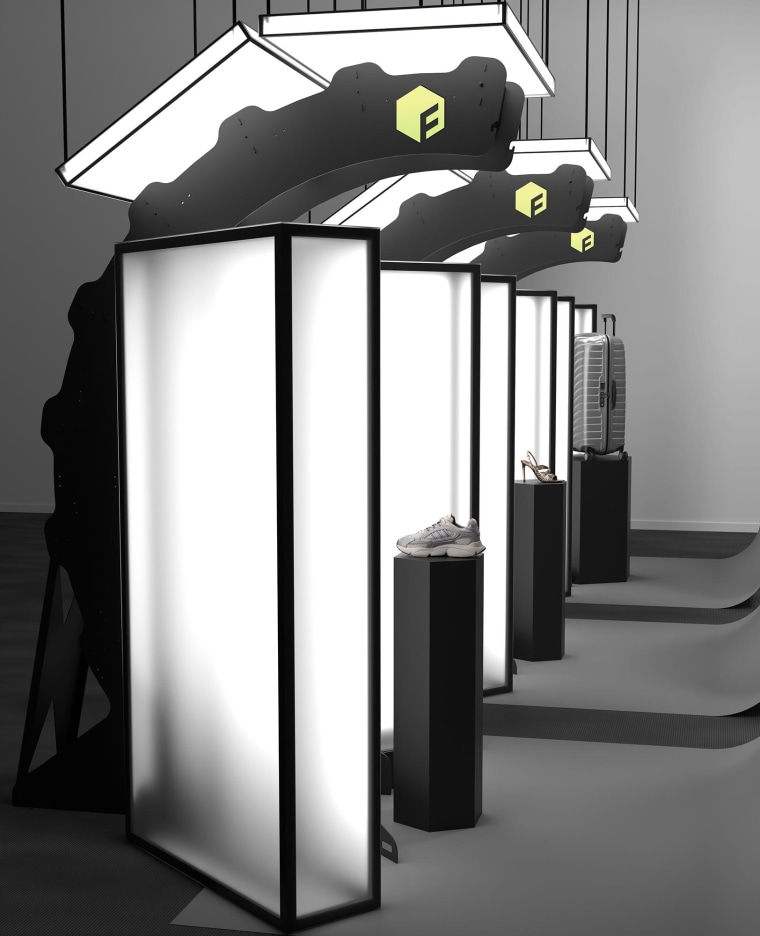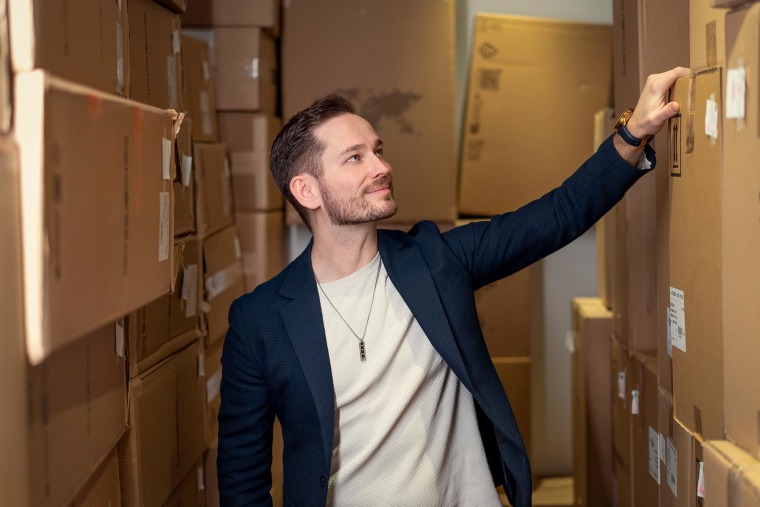It’s been over 30 years since the first retailers started selling physical products through virtual stores, and while much has changed in the world of e-commerce, one important element is mostly the same: product pages illustrated with static photographs of the item.
That could all change if a company called Fibbl gets its way.
The Stockholm, Sweden-based startup has developed a process that allows it to cheaply and quickly create three-dimensional scans of products, allowing retailers to feature interactive product models that shoppers can move around and manipulate to examine from every angle.
“Going beyond 2D images is a big step forward,” said Edouard Wattel, vice president of digital and e-commerce at Samsonite, which has implemented Fibbl’s 3D scans across its European websites. “People interact, they convert, and they will probably remember it better in terms of experience.”

In online testing, Samsonite shoppers who interacted with one of Fibbl’s 3D models were 50% more likely to become paying customers, he said. And while Wattel describes those test results as preliminary — people who interact with a 3D model may be more interested in buying in the first place — he’s bullish on the technology.
“Interaction is life,” he said. “If you just perceive, your engagement is very limited, but if you interact, there is something that happens in your brain.”
Some retailers already feature interactive 3D models on their product pages, and a handful of stores, including Best Buy and Amazon, even offer “view in your room” tools that allow customers to see how a product actually looks in the real world, using the camera on their phone.
But Fibbl’s proprietary technology — which uses an array of digital cameras to photograph a product, and a computer to crunch all the images into a 3D model — makes the scanning process significantly faster and cheaper than ever before.
Samsonite had worked with a different vendor about five years ago to get 3D images into its store, but because of the cost and complexity, it only managed to complete a small number of models.
“It was a manual process which took a lot of time, so there was a limitation to scaling it,” said Joeri Van Holder, senior digital marketing manager at Samsonite Europe. “It would have taken a lot of time and a lot of budget, so that’s where it kind of ended.”
With Fibbl’s system, customers can send their products for scanning or set up a Fibbl scanner in their own offices. Each rig can scan about 20 items a day, so they can churn through an entire product line in the amount of time it might take a designer to create a 3D model from scratch.
“We noticed that the speed of how fast they can deliver multiple scans was actually groundbreaking compared to the other vendors we had seen,” Van Holder said.

The Fibbl system is also inexpensive compared to other options. “We tried to create 3D animations and mock-ups of shoes before, but it was very costly,” said Karl Müller, co-CEO of Kybun Joya, a Sweden-based company that sells shoes for people suffering from foot pain.
Since Fibbl delivers both 3D scans of the products and still photographs, using the service was “an absolute win,” according to Müller.
“We would have to take pictures anyway with a photographer, and using Fibbl’s technology, the cost is quite similar,” he said.
Another benefit of having 3D scans of your products, according to Müller, is that companies can use the model in other applications besides just online stores.
“We are using the 3D mock-up for video animations,” he said. “Before when I made a video animation, it cost me $60,000 to animate. And now we can just use the data from Fibbl and integrate it in our animations.”
Kybun Joya has also used the 3D renderings to allow customers to use their phone cameras to see what a product looks like in the real world; they scan a QR code, and their phone will display a virtual version of the shoe on the screen. It can even size the image to appear on the users’ own feet.
“You don’t have to take off your shoe, you can immediately try different shoes, and you can see how it fits to your trouser,” Müller said. Kybun Joya has implemented the “augmented reality” (AR) tech both on its website and via QR codes posted in its brick-and-mortar retail stores.
“It’s a little game people can interact with, and it keeps them longer in the store,” said Müller. “And studies show if you keep customers for a certain time in the store, the chances of a sale are higher.”
Other companies have even used the 3D models to create new products and reach new customers. Elten, a German manufacturer of safety footwear, has made virtual versions of its products available for sale in the video game Farming Simulator, where players can buy and equip Elten’s boots for their in-game character.

Anshel Sag, a principal analyst at the technology advisory firm Moor Insights & Strategy, said he’s seen Fibbl’s technology and he found it “very compelling.”
“I think they’re trying to solve the biggest pain points in this tech,” he said.
Sag says more companies are seeing the value of 3D modeling and planning their own strategies for augmented reality tools that let customers interact with products.
“I do think that the utilization is fairly low, but they know that it’s coming,” he said. “This technology is going to become more important, especially as the conversation around AR glasses and smart glasses becomes more prevalent, and I think companies don’t want to get left behind.”


